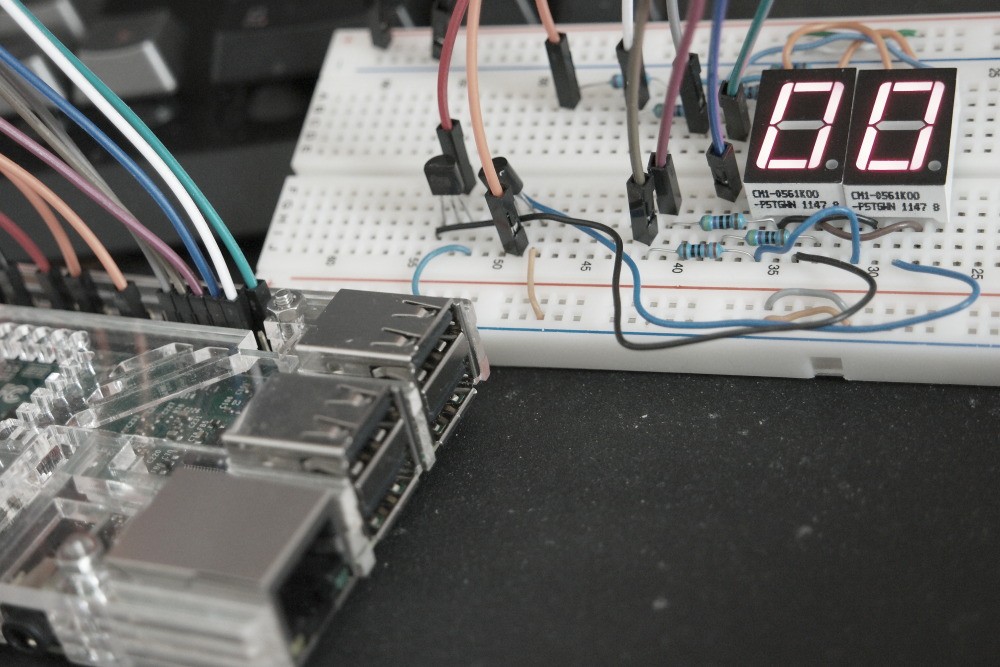Multiplexing 7-Segment Display with Raspberry Pi
When working with multiple 7-Segment displays a multiplexing scheme is required in order to simplify the design and save Raspberry Pi I/O pins. Such implementations shown in this design. As can be seen from a schematic diagram 2 7-Segment displays are controlled by Raspberry Pi. All segments are connected in parallel with current limiting transistors … Read more




